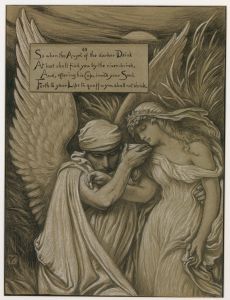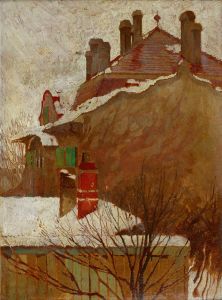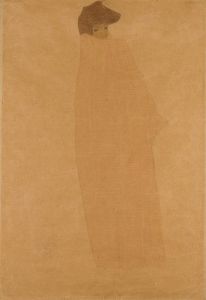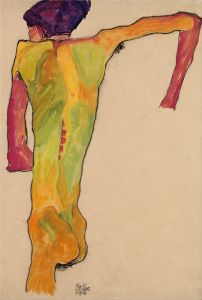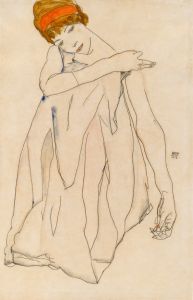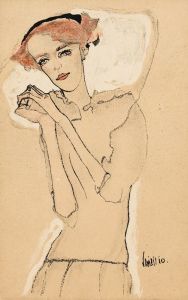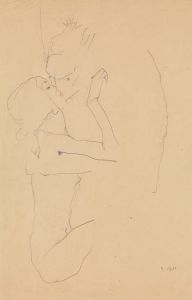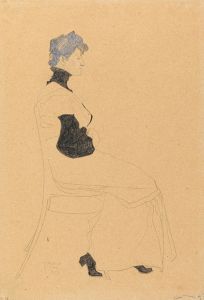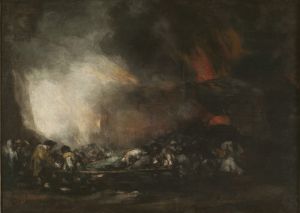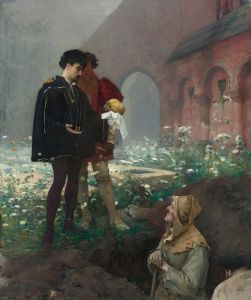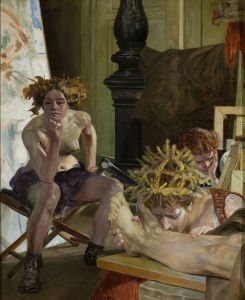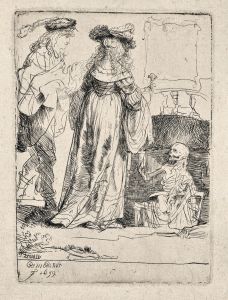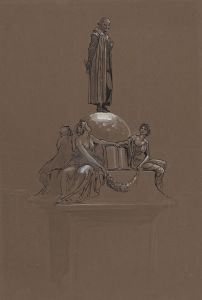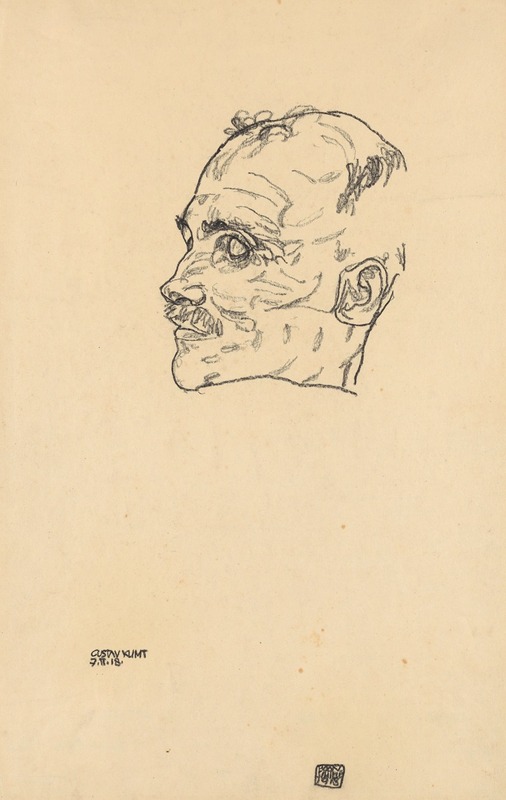
Gustav Klimt auf dem Totenbett
A hand-painted replica of Egon Schiele’s masterpiece Gustav Klimt auf dem Totenbett, meticulously crafted by professional artists to capture the true essence of the original. Each piece is created with museum-quality canvas and rare mineral pigments, carefully painted by experienced artists with delicate brushstrokes and rich, layered colors to perfectly recreate the texture of the original artwork. Unlike machine-printed reproductions, this hand-painted version brings the painting to life, infused with the artist’s emotions and skill in every stroke. Whether for personal collection or home decoration, it instantly elevates the artistic atmosphere of any space.
"Gustav Klimt auf dem Totenbett" (Gustav Klimt on his Deathbed) is a poignant and evocative painting created by the Austrian artist Egon Schiele in 1918. This work is a tribute to Schiele's mentor and fellow artist, Gustav Klimt, who passed away on February 6, 1918, due to a stroke and pneumonia, which were complications of the influenza pandemic that swept through Europe at that time.
Egon Schiele was deeply influenced by Gustav Klimt, who was a leading figure in the Vienna Secession movement, an art movement that sought to break away from traditional academic art and promote modernist styles. Klimt's work, characterized by its symbolic, erotic, and decorative elements, had a profound impact on Schiele's artistic development. Schiele's early works show a clear stylistic debt to Klimt, though Schiele would later develop his own distinctive style marked by its raw emotional intensity and expressionistic qualities.
The painting "Gustav Klimt auf dem Totenbett" captures the solemn and somber moment of Klimt's death. Schiele's portrayal is both a personal homage and a reflection on mortality. The composition is stark and intimate, focusing on Klimt's lifeless face and upper body. Schiele's use of line and form in this piece is restrained yet powerful, conveying a sense of stillness and finality. The work is devoid of the elaborate ornamentation that characterized much of Klimt's own work, instead opting for a more subdued and contemplative approach.
Schiele's depiction of Klimt is notable for its emotional depth and sensitivity. The painting does not merely serve as a portrait of a deceased individual but also as a meditation on the loss of a mentor and the impact of death on the living. Schiele's ability to convey complex emotions through his art is evident in this piece, making it a significant work in his oeuvre.
The relationship between Schiele and Klimt was one of mutual respect and admiration. Klimt recognized Schiele's talent early on and supported him by purchasing his works and introducing him to potential patrons. This support was crucial for Schiele, who faced considerable controversy and legal troubles due to the provocative nature of his art. Klimt's mentorship provided Schiele with both moral and financial support, helping him to continue his artistic pursuits.
Tragically, Egon Schiele himself would succumb to the influenza pandemic later in 1918, just months after Klimt's death. Schiele died on October 31, 1918, at the age of 28, cutting short a promising career that had already made a significant impact on the art world.
"Gustav Klimt auf dem Totenbett" remains an important work within the context of early 20th-century Austrian art. It stands as a testament to the close bond between two of the most influential artists of the Vienna Secession and serves as a poignant reminder of the fragility of life and the enduring power of artistic legacy.





